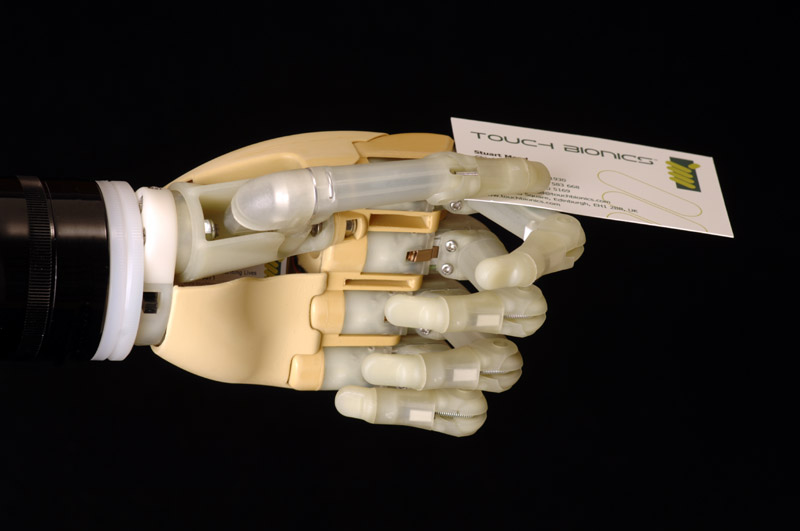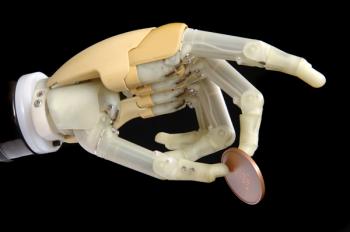Types of Prosthesis
There are three general types of prosthetics commercially available to patients that had upper-limb amputation. Cosmetic prosthetics are light and cheap, but they have a very limited degree of movement and can only passively grip light objects. This type of prosthetics is designed for patients who wish to use their remaining limbs for all of the major functions. Another type is the body-powered prosthetics, which allows muscles relative to the area to control the prosthetic arm through cables. While it does allow for more degrees of freedom and allows the patient to physically feel the force, the body-powered prosthetic can only control one movement at a time and can quickly cause fatigue in the user.
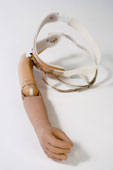
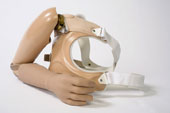
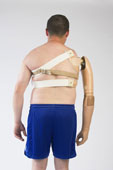
The last major type of prosthetic is the myoelectric externally powered prosthesis. This type of prosthetic picks up the electrical action potential in the residual muscles in the amputated limb. Upon receiving the action potentials, the prosthesis amplifies the signal using a rechargeable 6-volt battery and uses the electric signals to power the motors operating the respective part of the arm. Unlike the two aforementioned types of prosthetics, myoelectric prosthesis allows for a much higher degree of freedom and does not require the patient to performed frequent strenuous muscle contractions. However, myoelectric prosthetics are generally heavier than the conventional types, and come at a much higher cost. Overall, this is the most advanced and effective commercially available upper-limb prosthesis, and it will be the template on which to design a next generation prosthetic hand.
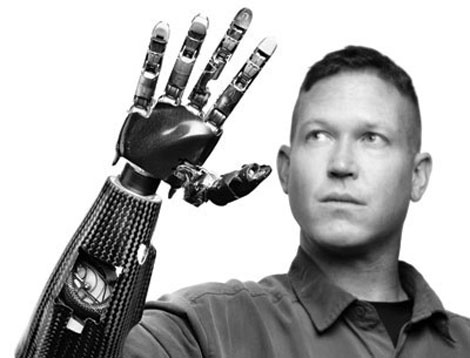
In addition to the general design of myoelectric prosthesis, targeted muscle reinnervation can be applied to amplify the nerve signals and increase the control sites for greater function. By detecting and recording the high density surface electromyogram signals from the reinnervated muscles, it is possible grant the patient a much higher degree of freedom and control over the prosthetic arm.
